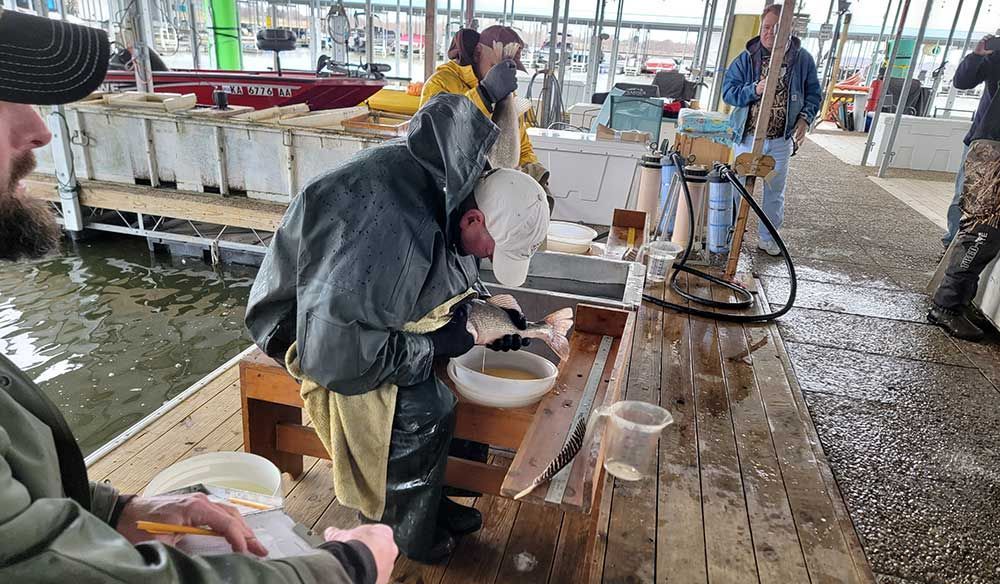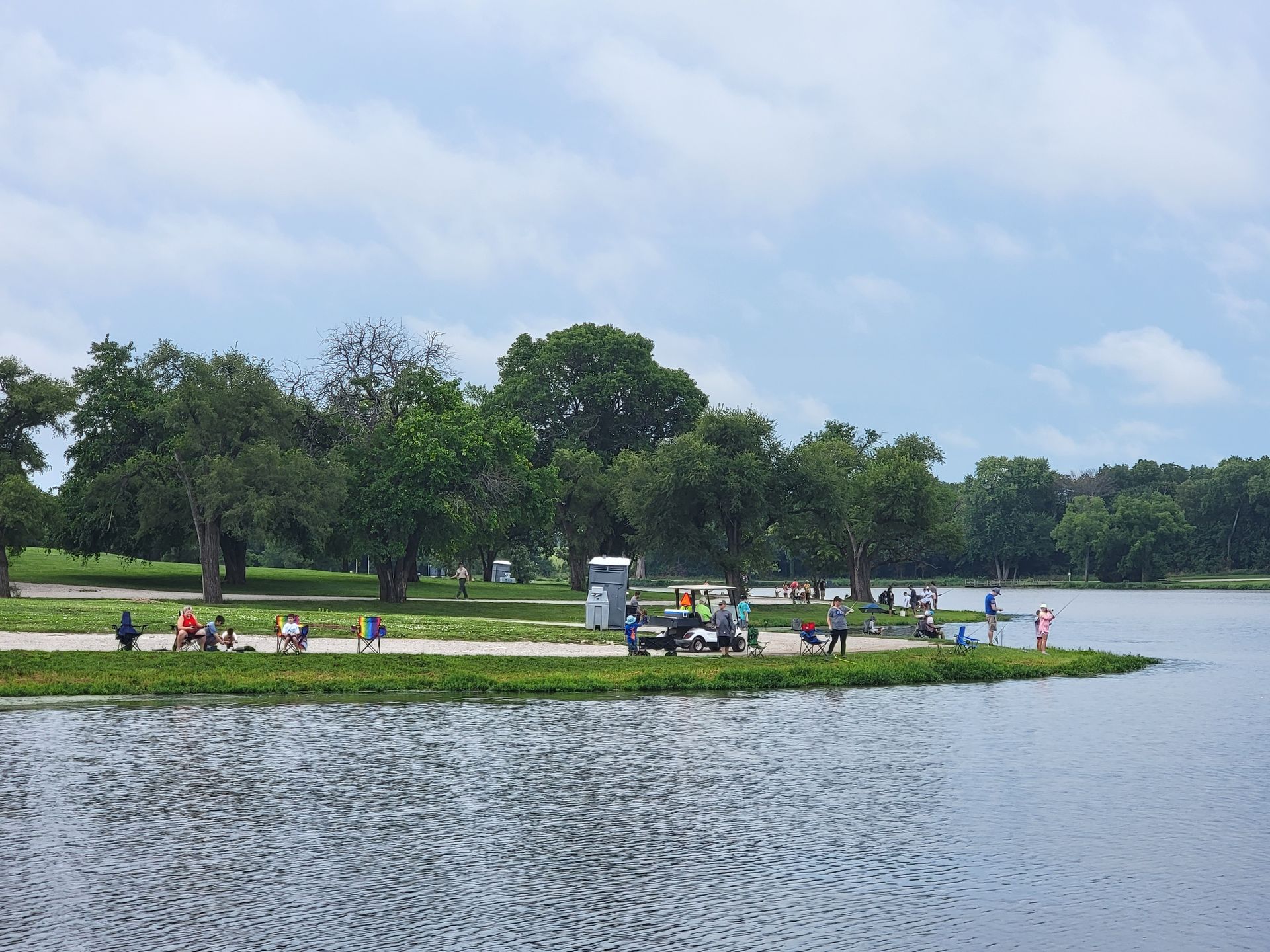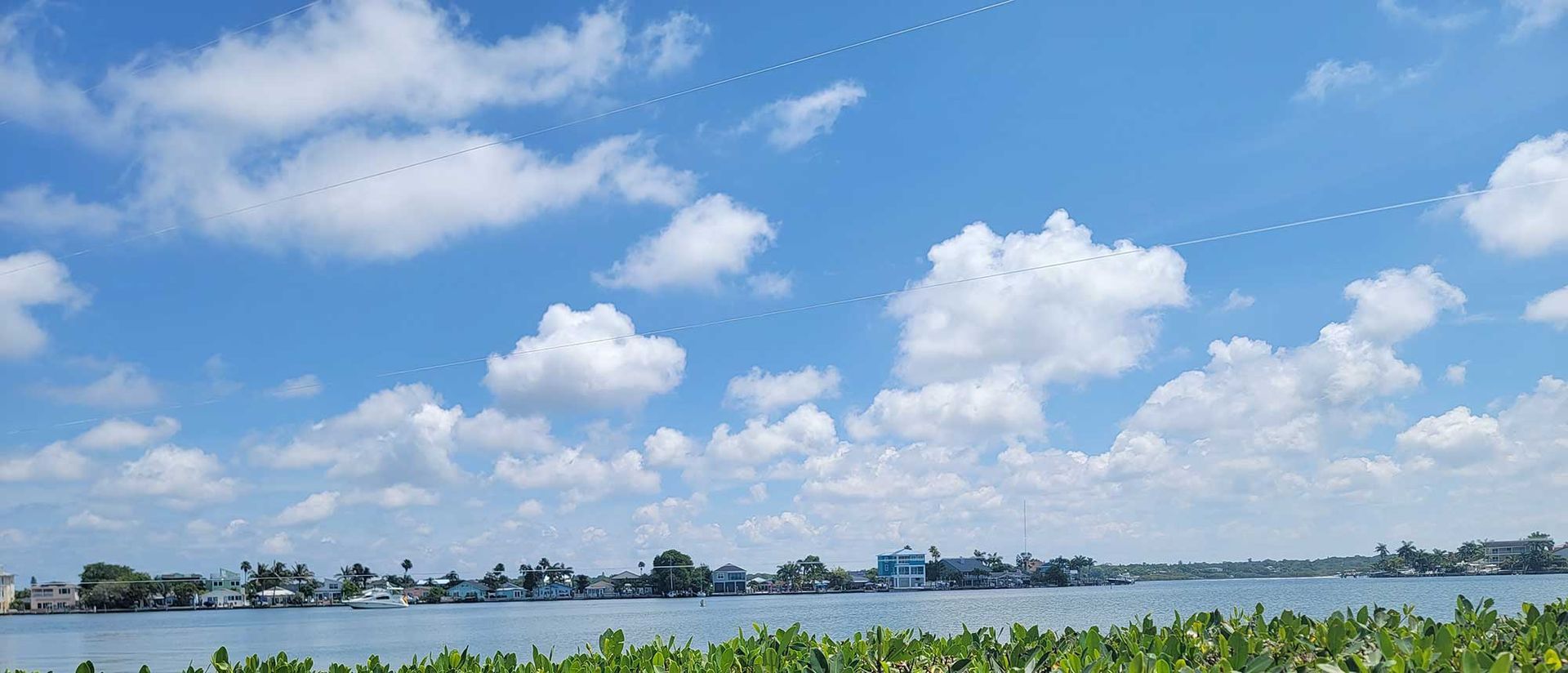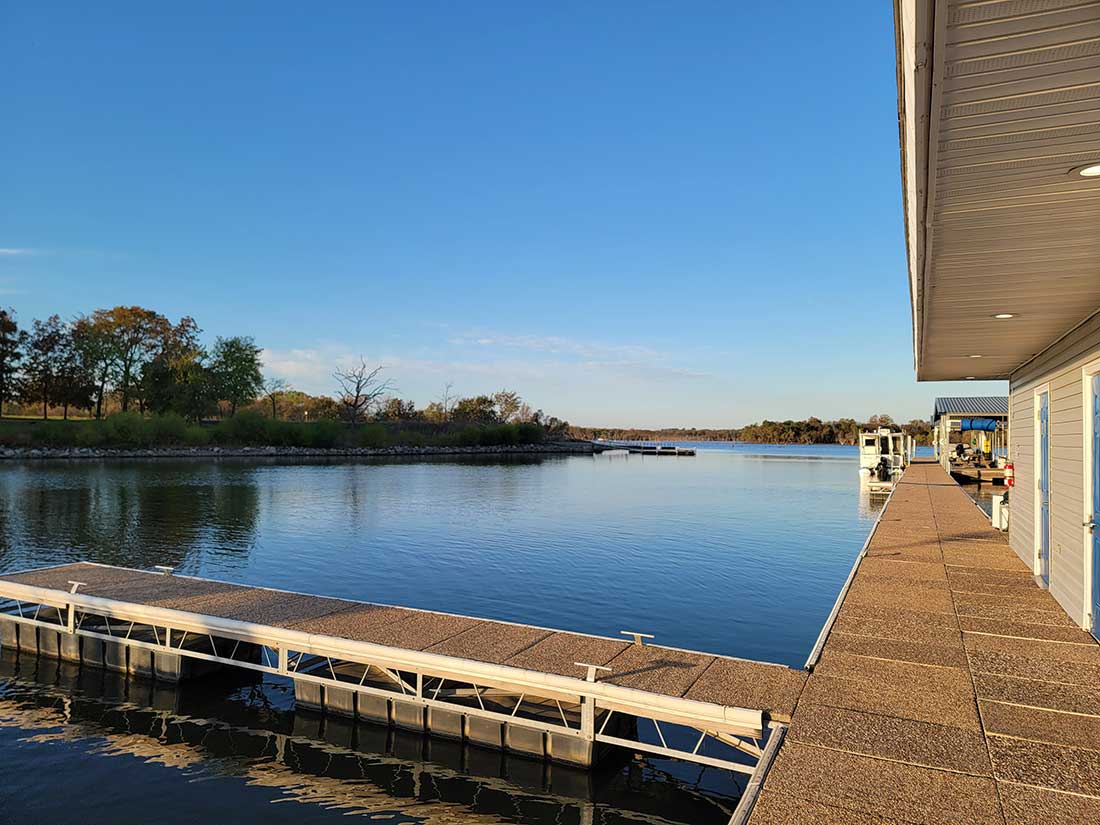Kansas Conservation Department Walleye Egg Collection March 2023
The Importance of Fish Hatcheries: My Journey with the Kansas Department of Conservation

As an avid angler, I have always been interested in the science behind fishing and conservation efforts. So when I had the opportunity to witness the Kansas Department of Wildlife, Parks and Tourism's walleye spawning program, I jumped at the chance.
The walleye spawning program is an essential part of the department's conservation efforts. It involves collecting walleye eggs from the wild and raising them in hatcheries until they are old enough to be released back into their natural habitat. This process helps to maintain healthy populations of walleye in Kansas's lakes and rivers.
My experience with the walleye spawning program began at Hillsdale Reservoir, located in eastern Kansas. This man-made lake is a popular destination for walleye fishing, and it's also one of the many locations where the department collects walleye eggs.
When I arrived at the lake, I met with the department's biologists, who were busy preparing their equipment for the day's work. They explained to me that the first step in the process was to collect adult walleye from the lake.
The biologists used gill nets to collect the walleye and taken to the marina where they had a boat slip already setup waiting for the fish to arive.
The milking process is where things got really interesting. I watched as the biologist gently hold each fish by the tail, with the head facing downwards. They then used a soft cloth to massage the belly of the fish, which helped to release the eggs.
As the eggs were released, they were collected in a container and separated from the milt, which is the fluid that contains the sperm. The eggs were then treated with a bonding agent that helps to keep them together, before being washed and prepared for transport to the hatchery.
I was amazed by the care and attention that the biologists put into the milking process. They took great care to ensure that the fish were not harmed, and that the eggs were collected gently and without any damage.
After the eggs were collected and treated, they were transported to a hatchery where they would be raised until they were old enough to be released back into the wild.
I couldn't help but feel a sense of awe and appreciation for the work that the department's biologists do. It's clear that they are passionate about their work and dedicated to preserving the natural resources of Kansas.
Overall, my experience with the walleye spawning program was a truly eye-opening experience. I gained a new appreciation for the science behind fishing and conservation efforts, and I'm grateful for the opportunity to have witnessed this important work firsthand.
The walleye spawning program is an essential part of the Kansas Department of Wildlife, Parks and Tourism's conservation efforts. Through careful collection and milking of adult walleye, and the raising of their eggs in hatcheries, the department is helping to maintain healthy populations of this beloved fish species. As an angler, I'm grateful for their efforts, and I encourage others to learn more about the important work being done to protect our natural resources.



